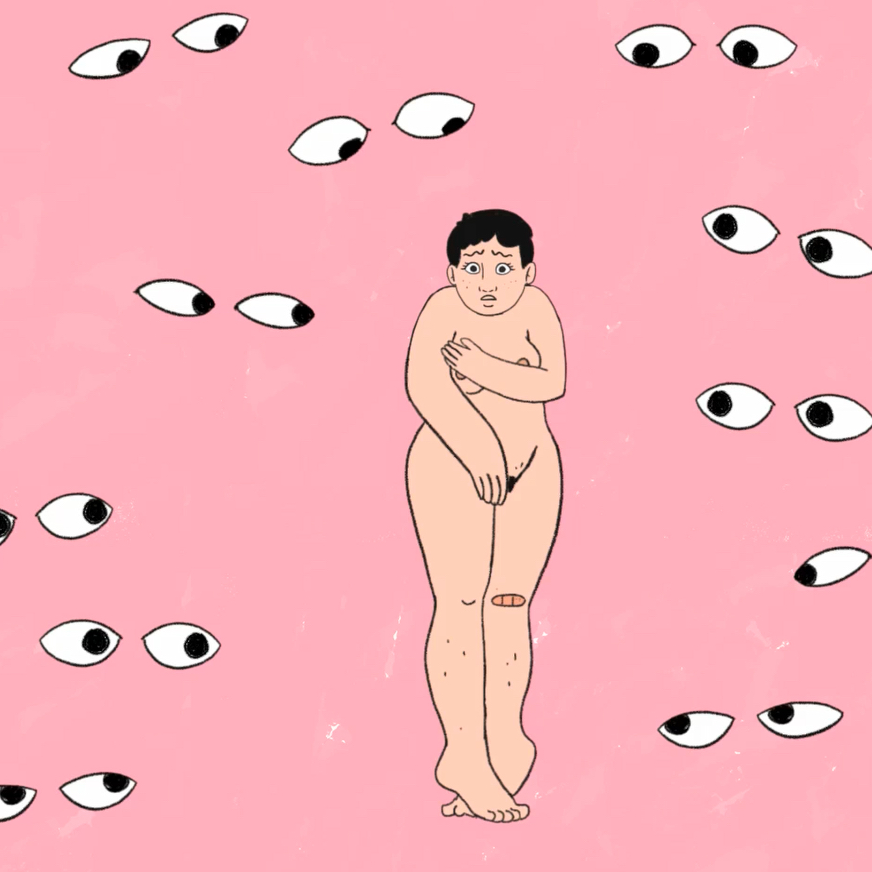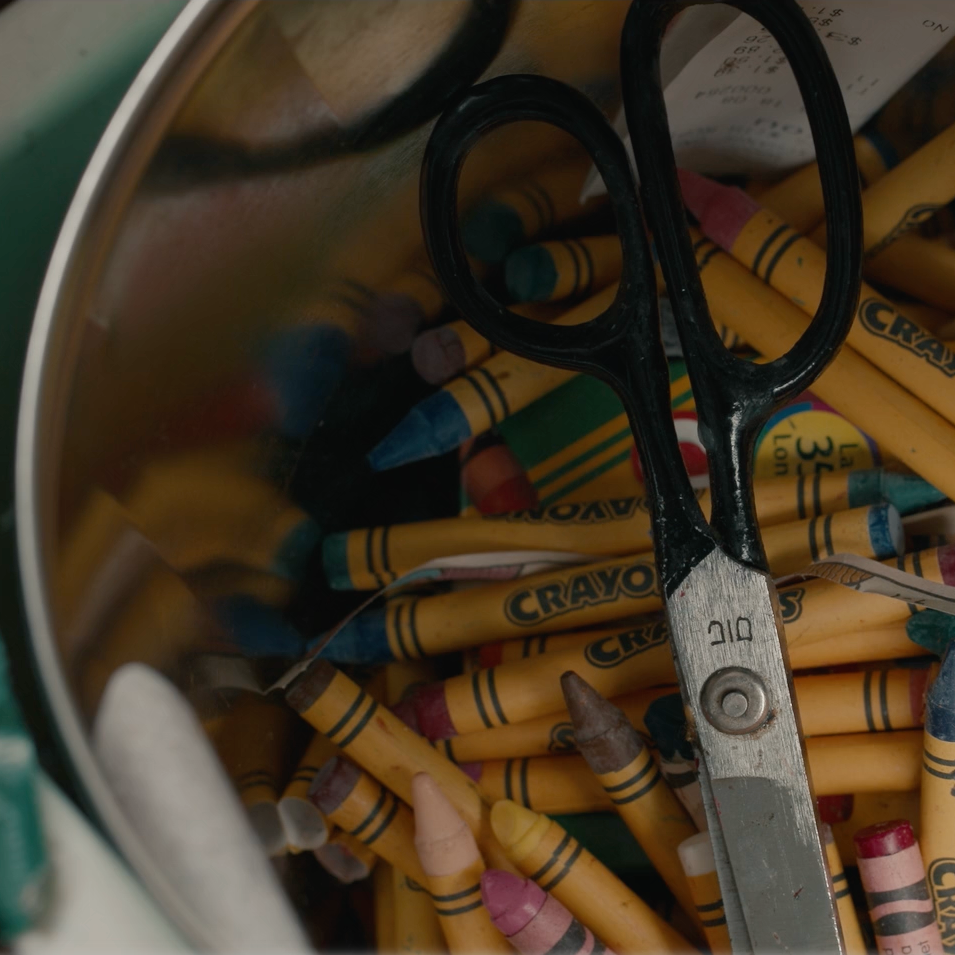At the Fashion Institute of Technology’s recent exhibition,
Exposed: A History of Lingerie, I stared at the spot-lighted mannequins dressed in suspenders and silk, bustles and thongs, and forced myself to ask sensible questions, the mental equivalent of taking a cold shower.
What was the role of the male gaze in the design of a “creamy silk satin beige lace” bra from 1928? How did transformations in the technology of fabric influence the polyester giraffe-print underthings designed by Rudi Gernreich for Exquisite Form in 1967?
 Right: bra and panty set of cream silk satin and beige lace, 1928
Right: bra and panty set of cream silk satin and beige lace, 1928
And don’t even get me going about Agent Provocateur (or do). They transformed the lingerie scene in London by selling their wares alongside whips and pasties, or so said the wall text. Except it wasn’t wall text, it was foot text, plastered at the base of the platforms that supported the above mentioned forms and which forced many of the exhibition goers (especially those over forty) to bend at the waist as if ceremoniously bowing in tribute to the 1994 Wonderbra (of “Hello Boys” fame).
I lied. There was some wall text. It was on the left as you entered the exhibition space. It began: “As the final barrier to the nude body, lingerie is inherently erotic.” That was enlightening! As a fourteen-year-old-boy, rifling through the New York Times Magazine looking for the Maidenform ads, I could have told you that, but not as articulately. Some things you just know.
Exhibitions can introduce ideas that you might not have previously thought about, or they can recontextualize an object. They can alter received notions, or disrupt conventional thought. Or they can just celebrate exquisite underwear.
At its best, this exhibition was a celebration of exquisite underwear, especially from the nineteenth century. A Lilliputian corset, made from red silk satin circa 1889, had the finesse of a finely turned vase. It was, however, made for someone with a twenty-two-inch waist. “That’s more like a nine-year-old” said the woman standing to my left, “no, definitely ten,” said her friend. “Anyway, look the hardware. Yikes!”
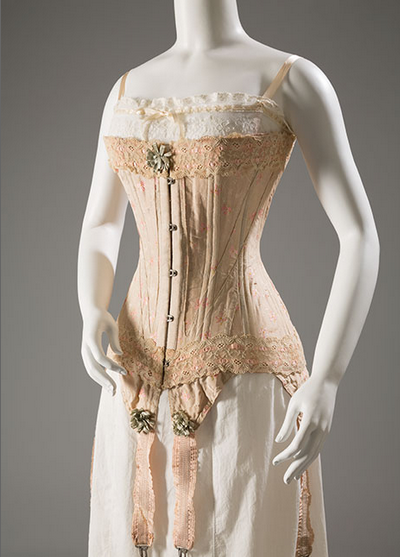
Chemise of white cotton, silk ribbon, circa 1905
A dressing gown, circa 1840, was an astonishingly beautiful cumulus of cotton and lace that would make any contemporary bride proud. Unbelievably, with its button front closure and its billowy tie belt, it was intended to be worn only at home, and before the woman deigned to get dressed. If that was her dressing gown, I wondered, what it the world did her dress look like?
The curators played it straight, never slutty. Although the Vanity Fair “Baby Doll” nightgown from 1960 verged on tongue-in-cheek chic for the split level set by referencing Elia Kazan’s 1956 film in which Carroll Baker, aka the nineteen-year-old virgin named Baby Doll, slept in a crib.
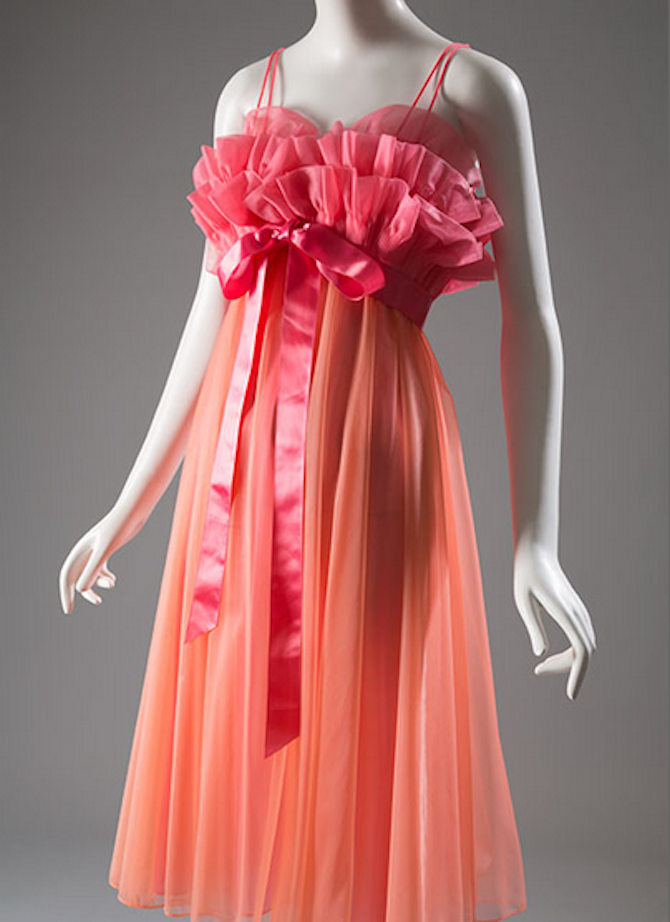 “Baby Doll” nightgown by Vanity Fair, nylon tricot, circa 1960
“Baby Doll” nightgown by Vanity Fair, nylon tricot, circa 1960
I attended on the final day of the exhibition. Oddly—but on later consideration perhaps not so oddly—many of my fellow exhibition goers were French. A stunning brunette, impeccably dressed in a black parka (Prada?) and calf-high leather boots hung on the arm of a paunchy older man (it had to be his bank balance, I comforted myself). “Ah,” she said in accented English as they approached the all-black Lady Marlene Bustier (lace, jersey, satin circa 1988), “just what you have been waiting for.” I later spied them making out in the lobby.
The other demographic were twenty-something female fashion students who oohed and aahhed for a moment and then, inevitably, looked down at their phones and started texting, emailing, Snapchatting, or Instagramming. Their boyfriends sat slumped on benches, dressed in troglodyte hoodies and clod-hopper Timberlands.
One girl, with electric blue legwarmers and a floppy Annie Hall hat, paused in front of a stunning Regine Brenner loungewear set in dark blue with subtle
red piping (silk crepe and satin, 1939). I was diligently writing down the fact that it was handmade for the trousseau of Doris Goldsmith. “Lounging pajamas?” she said, her voice rising, “Who has time for lounging?” Her fingers raced across the glowing screen of her phone like the whirring legs of a furious insect.
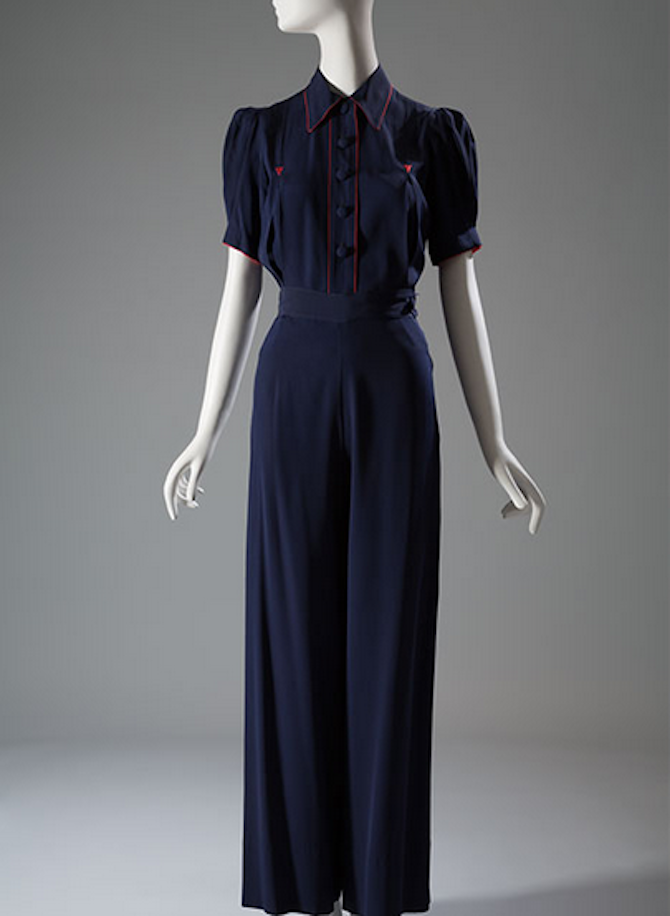
Regine Brenner loungewear, silk crepe and satin, 1939
All good fun. But on the historical and cultural level this exhibition was an epic fail. There was minimal historical context, no reference to who wore the lingerie, especially in the eighteenth and nineteenth centuries (it wasn’t the wet nurse, that’s for sure), or on what occasions, or how often. There were not even in-depth biographical details about the designer. How about some thoughts about how this clothing reflected or contributed to social changes? What about changing notions about the female body?
A few of these issues are addressed in the companion book, Exposed: A History of Lingerie (Yale University Press, 2014). In her essay, Valerie Steele points out that cultural changes affected the designs of lingerie, especially in the nineteenth century. She makes the astute point that lingerie evolved in two directions: toward luxury and towards functionalism. But that insight was not addressed in the exhibition. Did someone decide that a Target medium impact sports bra (polyester and spandex, 2014) would be a downer next to the La Perla (tulle silk and stretch silk satin, 2014)?
A real opportunity for serious cultural criticism was missed. Historians (some also published by Yale University Press) have done extraordinary work on domesticity going back to the eighteenth century by using journals and letters, ledgers, and diaries to understand how women bought and consumed material culture. As opposed to banal statements about how 1960s lingerie recalled the “youthful styles and liberated ethos of the 1920s,” it would have been fascinating to hear the voices and thoughts of the women themselves about what they wore and how they wore it. 


And, hey, lets address the elephant in the room: sexual mores (let alone sex)? The Chantal Thomass ensemble on view (bra, panties, and suspenders, stretched knit, 2013) would not have been worn by any self-respecting (even if naughty) middle class woman just seventy-five years earlier. Changing patterns of consumer culture, the growth of media and technology, and transformations in the workplace have all altered how we think about and visualize sex. Pin-up girls? Playboy? Queer culture? Internet porn? All absent.
One of the last mannequins boasted a Suki Cohen Bodysuit and Bolero Jacket (stretched nylon, neoprene, 2014). It was sexy in a futuristic and semi-fetishistic way. A couple in their sixties, who I had been trailing, stopped in admiration. They contemplated for a full two minutes. The man, who was dressed in khaki cargo pants and Birkenstocks with socks (German-style), and was using a cane, leaned forward. He peered over the top of his glasses while trying to read the foot text. His wife held him gently around the waist, making sure he didn’t topple over. “It’s fabulous,” she said, as he straightened up, “but I just can’t imagine brushing my teeth while wearing it.”
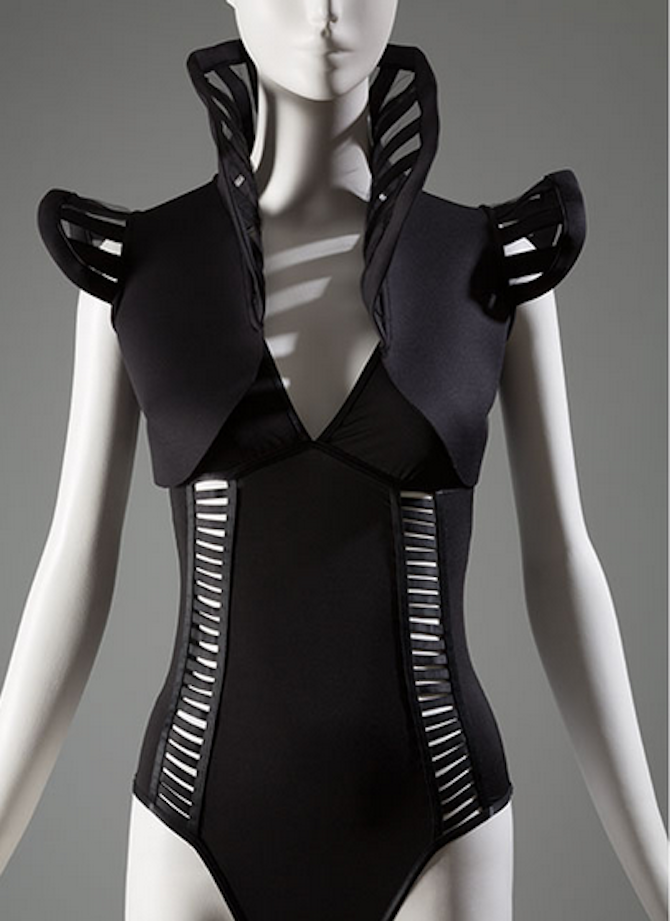
Suki Cohen bodysuit and bolero, stretch nylon and neoprene, 2014
A video tour of the exhibition, narrated by curator Colleen Hill, is available here.
All images © The Museum at FIT








